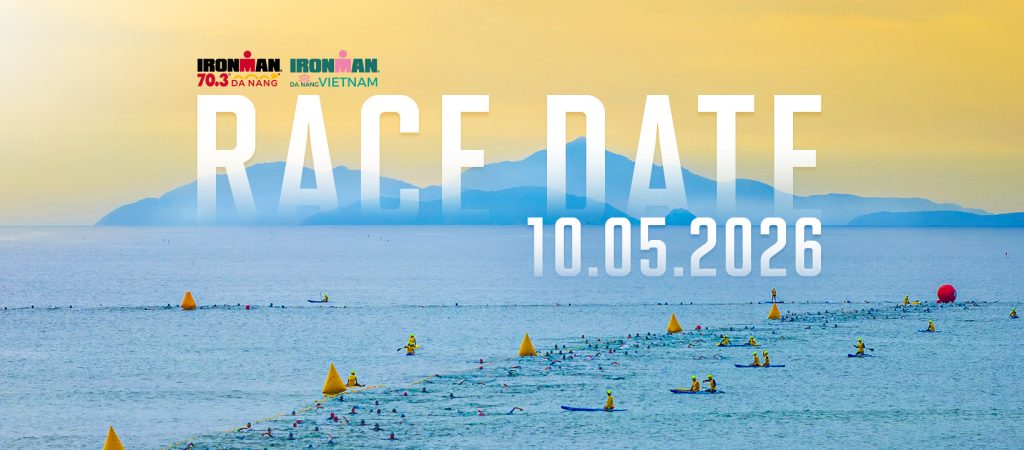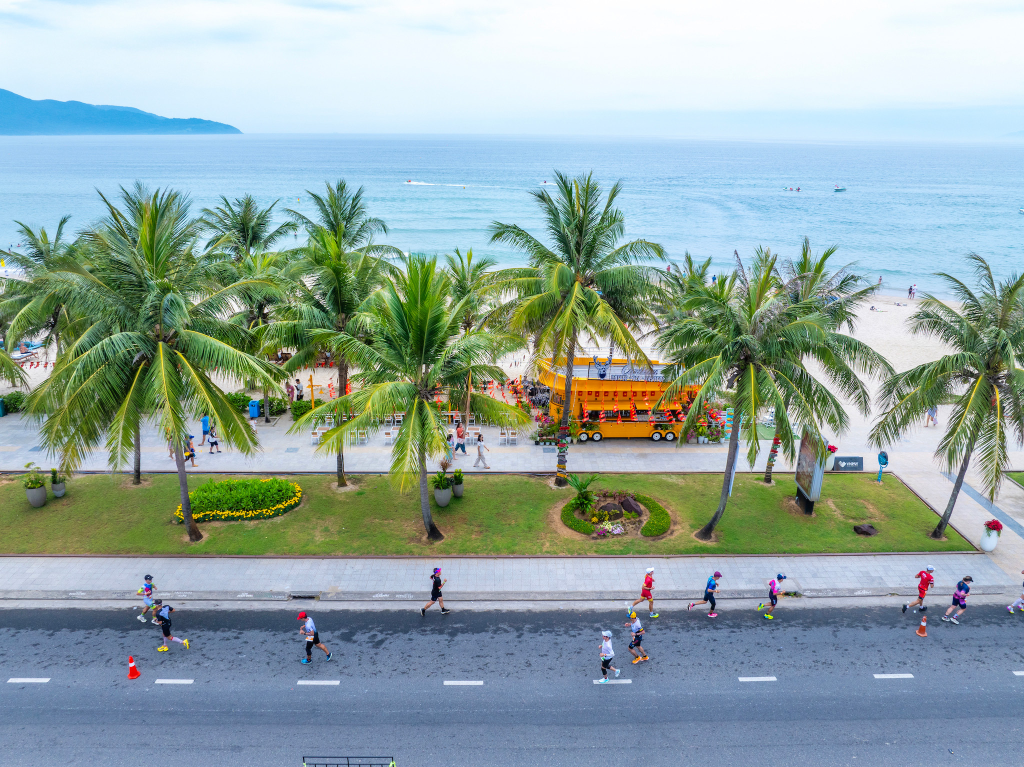The Accident That Changed My Routine
It’s been almost two weeks since that unexpected accident, the one that fractured the front ribs of my chest. To be honest, when it first happened, I was in shock. I had never broken a bone before, and suddenly my daily rhythm of training, swimming, cycling, and running was replaced with rest, medication, and careful movements.
At first, the pain was sharp and unrelenting. Even coughing felt like my chest was tearing apart. The thought of not being able to train for weeks, maybe months, was devastating for someone who thrives on movement. But little by little, the sharp edges of pain have softened. The healing process has been slower than I would like, but it’s been teaching me something I didn’t expect: patience.
Holding Onto My Morning Routine
One thing I’ve always believed is that routine anchors us, especially when life feels shaky. Even with the injury, I kept to my mornings. Normally, I’d jump into training sessions – an early swim or a long run. Now, mornings look different.
Instead of high-intensity workouts, I sit in quiet meditation. This simple act has been grounding me. It’s like telling myself, “Yes, your body is hurt, but your mind and spirit are still strong.”
This week, I finally allowed myself to bring movement back into the mornings: a gentle 30-minute walk. Walking might sound small compared to triathlon training, but for me right now, it feels like victory. Each step reminds me that healing is happening.
Walking With My Mom
One of the sweetest parts of this recovery journey has been sharing it with my mom. She flew in to take care of me, and honestly, I don’t know what I would have done without her. She makes nourishing homemade food to speed up my recovery, reminds me to rest, and most importantly, walks beside me each morning.
Before we walk, she does her yoga routine, and then we step out together. Just thirty minutes, side by side, with fresh air and conversation – it has become one of the highlights of my day. Afterward, we enjoy breakfast together before I start my work-from-home day. In the evenings, we’ll sometimes walk again, maybe to the supermarket or a nearby spot. It’s nothing extreme, but it adds up to about 7,000 steps a day, enough to keep my body moving.
There’s something so healing about those quiet, shared walks. They remind me that even though my training is on pause, life is still full of movement, connection, and care.
Learning to Accept the Garmin “Detraining” Message
As an athlete, I rely a lot on my Garmin watch to track progress. Lately, it’s been flashing the word I least want to see: detraining. At first, it felt like a slap. After all the hard work, all those hours in the pool and on the road, now my watch tells me I’m slipping backwards.
But then I realized something: detraining doesn’t define me. Healing is training too. Every patient step I take, every hour of rest I give my bones, every breath in meditation – it all counts. The fitness will return when the time is right. What matters now is not rushing, not pushing, but trusting my body’s wisdom.
A Spark of Excitement: Ironman 140.6 in Da Nang
Just when I was starting to settle into this slower rhythm, some news lit a fire inside me. Yesterday, I learned that the very first Ironman 140.6 in Vietnam will take place in Da Nang in May 2026.
I’ve done the Ironman 70.3 twice in Da Nang. Both times were life-changing. But the full Ironman distance? That’s a whole new world:
-
3.9 kilometers of swimming
-
180 kilometers of cycling
-
A full marathon to finish
The idea of racing a 140.6 on home soil fills me with both excitement and nerves. It feels massive, maybe even impossible from where I’m standing now – injured, walking slowly, watching my fitness graph dip. But at the same time, it gives me a goal that pulls me forward.
The registration is just open, and the seed has been planted. And honestly? Just having this vision makes me feel alive again.

A Gentle Plan to Come Back
Of course, dreaming of an Ironman doesn’t mean I can jump back into hardcore training tomorrow. Recovery demands patience. So I’ve sketched out a gentle plan for the next few weeks:
-
Daily walks of about 30 minutes in the morning, building consistency.
-
Brick walks (a nod to brick workouts in triathlon), where I practice layering one walk onto another, simulating the rhythm of endurance training.
-
Gradual progression over the next two months, slowly preparing my body to accept light runs and bike sessions when the doctors say it’s safe.
This plan isn’t about speed or mileage. It’s about discipline, consistency, and kindness to myself.
What This Recovery Is Teaching Me
Being injured has stripped away a lot of things I usually rely on – training highs, race goals, that endorphin rush of pushing past limits. But in its place, it’s giving me something equally valuable.
-
Patience. Healing bones can’t be rushed. They need time, and I need to respect that.
-
Self-love. Instead of being harsh with myself for losing fitness, I’m learning to appreciate what my body can do.
-
Gratitude. My mom’s presence, the homemade meals, the simple walks – all of it feels like a gift.
-
Hope. Even while I heal, I carry a vision of the future. Ironman 140.6 in Da Nang is out there waiting, and so am I.
Recovery Is Still Forward Motion
If you’re reading this while going through your own injury or setback, here’s what I want to say: healing is not wasted time. It’s still progress, even if it looks different from what you imagined.
Yes, it’s frustrating to pause, to watch your watch flash detraining, to feel your body slower than before. But patience, routine, and self-love will carry you through. One day, like me, you might even find that your setback plants a bigger dream in your heart.
For me, that dream is Ironman 140.6 Da Nang. For you, it might be something else entirely. Whatever it is, trust the process, move gently, and let yourself believe in what’s coming.

